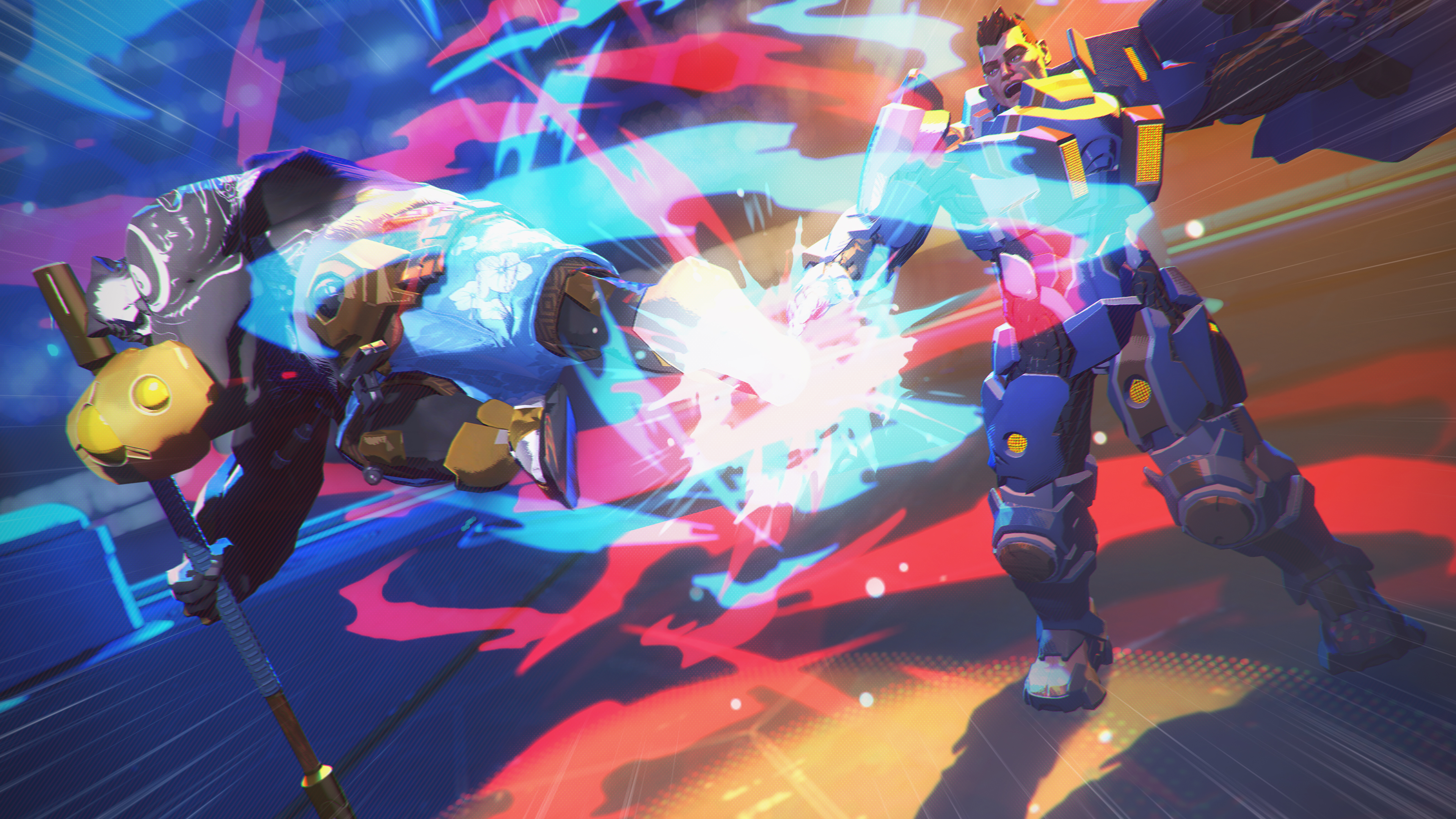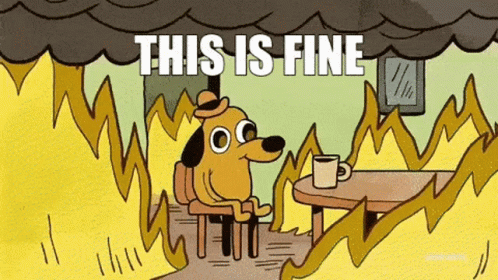You know how things never go according to plan? Here’s the story of how we worked on our game for a year, full of confidence, then chose to pivot and throw all of our code in the trash.
Our first title, The Hexadome: Aristeia Showdown, is a 1v1 turn-based team tactics game, based on Corvus Belli’s boardgame Aristeia!. You control four champions who fight in an arena, The Hexadome, in front of a crowd thirsty for action. Imagine gladiator fights, but 175 years in the future.
The first version of The Hexadome was a direct and faithful conversion of Aristeia!. Let’s call it V1. Same rules, same mechanics, roughly the same game length, etc. Being fans of the board game ourselves, we were thrilled to be able to play a digital version of it, that can be played online with characters that feel “alive”, animated, and fully voiced.
We quickly faced a problem though: the V1 was perfect for people who already knew Aristeia!, but it was not at all suited for people who aren’t familiar with the board game. Boardgames and video games don’t adhere to the same conventions, players don’t have the same gaming habits and expectations. Some desirable characteristics of good board games can be detrimental to a video game.
For example, Aristeia! requires a lot of interactions between players, which is great when planning a board game night with friends: social interactions are a big part of board games! This can be an issue for a video game though: Too many back and forths between players and frequent confirmation requests can kill the flow of the game.

The original Aristeia! has many complex rules and a lot of information to absorb, which can be intimidating when facing a 10-minute tutorial all alone in front of your PC. Knowing this, we spent most of our time focusing on approachability and UI, to make the gameplay easier to learn.
After six months of tireless work, we still had some minor doubts about approachability and we felt that the game was still a tiny bit complicated, but nothing insurmountable. We were confident. We aimed to validate our feelings in two ways:
- Playtests: our early playtesters proved us wrong. Many questions and misunderstandings remained regarding the handling of the game.
- Phone a (fake) friend: Aggro Consulting, a company of industry veterans specializing in the art of giving brutally honest feedback, along with solid arguments and suggestions for improvement – if you need help developing your game, contact them, they’re meanies and that’s why we love them.
The feedback was straightforward: too much complexity and too many rules that aren’t suited for the video game format and a failure to meet the expectations of turn-based tactics video games enthusiasts.
We were faced with a crucial question: what do we do? Keep the game as is: it’s quick and easy, we’re in our comfort zone, and we hope for the best? After all, other games have done it before us, and succeeded, like Blood Bowl, for example! (A game on which our gameplay team worked in the past, btw).
The difference is that Blood Bowl had a significant following. Even though the miniature game was slightly declining in popularity, it had been out there for a while and had resonated with a whole generation of players. Additionally, the franchise has a large community that is fiercely loyal to the Games Workshop brand. In our case, replicating the same model doesn’t fit with our reality: the Corvus Belli community doesn’t have the same size (yet 😉) so this strategy would likely not have worked for us… Which led us to choosing to take a leap: throw our code to the trash and start over!
To tell you the truth, the whole team was very excited by the opportunity to take full advantage of what the video game format offers: new ways to enhance the gameplay and more room for creativity. As a nice bonus, Corvus Belli fully backs our change of plans. The creators of Aristeia! are very open to taking their game to a new place, and eager to offer a different experience. As long as we maintain the spirit of Aristeia!, it’s all good.
After several months of gameplay design iterations, we are now able to offer a more approachable experience, faster, more fluid games, while keeping the strategic depth that makes the board game so captivating. We’ve also been able to add new mechanics, taking into account the lore of the IP and adding new “wow” effects. Our goal is to make a good video game adaptation, by using conventions known to fans of tactical video games, while keeping the pillars of the original board game.
Regarding visuals, we’re having a blast: animations, VFX, sound effects, everything is there to offer a dynamic and satisfying experience. Smashing your shield into your opponent’s face has never been so satisfying!


- The Hexadome: Aristeia Showdown remains a tactical, strategic game where character placement is a key part of the core gameplay and fragging the opponent is not the only winning strategy.
- The same charismatic characters, with their own attacks and skills that make them unique.
- The tactical intensity, where every decision counts.
- The numerous strategic ways to outsmart your opponent.
- Ways to manipulate your luck by having an influence on your rolls.

- We added new strategies to win a match.
- Combat mechanics have been simplified. Dice rolls and Tactics have been redesigned to provide a smoother experience.
- Added an order system with 2 action points, à la XCOM.
- Added an overwatch system, like in most tactical games.
- An economic system involving the in-game crowd has been added. Pleasing the NPC audience will allow you to purchase upgrades for your characters.
- Added a timeline that clearly visualises the order of the upcoming turns based on the possible actions of the player.
- Added secondary objectives with a sponsor mechanics, which is inspired by the lore of the IP and provides new strategic possibilities.
- Added skills to some characters to put even more emphasis on their personality and uniqueness.
- Added an upgrade system that enables players to improve their characters during a game, à la League of Legends. Different ways to upgrade your characters means more variety in matches, which allows for better replay value.
- Characters are fully animated characters instead of miniatures.
In our next dev blogs, we’ll talk about some gameplay mechanics in more detail to give you an idea of how they function in the video game.


